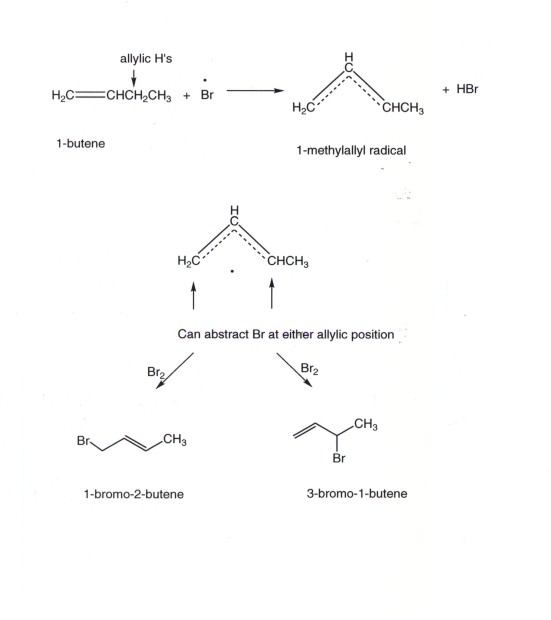This organic chemistry video tutorial explains how to determine which carbocation is most stable.
Vinylic carbon vs allylic carbon.
Key difference allylic vs vinylic carbons functional groups are very important in understanding the different physical and chemical properties of organic molecules the terms allylic and vinyl carbons indicate whether the carbon atom is bonded directly or indirectly to a double bond in a molecule.
The allylic carbon atom is more reactive than normal.
The general formula for vinyl group is r ch ch 2 in which both carbon atoms are bonded with double bond and r is attached at vinylic position.
Allyl form a stable carbocation because of the electron delocalization whereas vinylic carbocations are unstable as they lack p character.
Since both carbon atoms form a double covalent bond so both are sp 2 hybridized.
The double bonded carbon atoms can be classified as vinylic and allylic carbon atoms.
It provides plenty of examples including allylic and vinyli.
Allyl group holds three carbon atoms and five hydrogen atoms on the other hand vinyl group has two carbon atoms and three hydrogen atoms.

